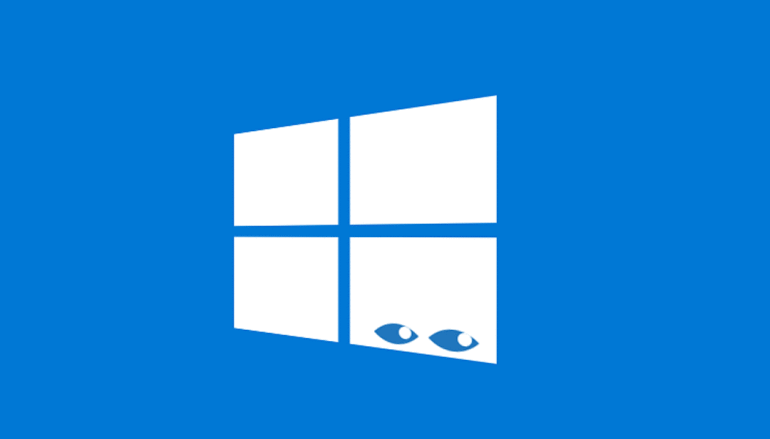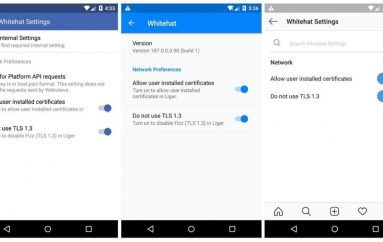
With Windows 10, Microsoft Blatantly Disregards User Choice and Privacy: A Deep Dive
Microsoft had an ambitious goal with the launch of Windows 10: a billion devices running the software by the end of 2018.
In its quest to reach that goal, the company aggressively pushed Windows 10 on its users and went so far as to offer free upgrades for a whole year. However, the company’s strategy for user adoption has trampled on essential aspects of modern computing: user choice and privacy. We think that’s wrong.
You don’t need to search long to come across stories of people who are horrified and amazed at just how far Microsoft has gone in order to increase Windows 10’s install base. Sure, there is some misinformation and hyperbole, but there are also some real concerns that current and future users of Windows 10 should be aware of. As the company is currently rolling out its “Anniversary Update” to Windows 10, we think it’s an appropriate time to focus on and examine the company’s strategy behind deploying Windows 10.
Disregarding User Choice
The tactics Microsoft employed to get users of earlier versions of Windows to upgrade to Windows 10 went from annoying to downright malicious. Some highlights: Microsoft installed an app in users’ system trays advertising the free upgrade to Windows 10. The app couldn’t be easily hidden or removed, but some enterprising users figured out a way. Then, the company kept changing the app and bundling it into various security patches, creating a cat-and-mouse game to uninstall it.
Eventually, Microsoft started pushing Windows 10 via its Windows Update system. It started off by pre-selecting the download for users and downloading it on their machines. Not satisfied, the company eventually made Windows 10 a recommended update so users receiving critical security updates were now also downloading an entirely new operating system onto their machines without their knowledge. Microsoft even rolled in the Windows 10 ad as part of an Internet Explorer security patch. Suffice to say, this is not the standard when it comes to security updates, and isn’t how most users expect them to work. When installing security updates, users expect to patch their existing operating system, and not see an advertisement or find out that they have downloaded an entirely new operating system in the process.
In May 2016, in an action designed in a way we think was highly deceptive, Microsoft actually changed the expected behavior of a dialog window, a user interface element that’s been around and acted the same way since the birth of the modern desktop. Specifically, when prompted with a Windows 10 update, if the user chose to decline it by hitting the ‘X’ in the upper right hand corner, Microsoft interpreted that as consent to download Windows 10.
Time after time, with each update, Microsoft chose to employ questionable tactics to cause users to download a piece of software that many didn’t want. What users actually wanted didn’t seem to matter. In an extreme case, members of a wildlife conservation group in the African jungle felt that the automatic download of Windows 10 on a limited bandwidth connection could have endangered their lives if a forced upgrade had begun during a mission.
Disregarding User Privacy
The trouble with Windows 10 doesn’t end with forcing users to download the operating system. By default, Windows 10 sends an unprecedented amount of usage data back to Microsoft, and the company claims most of it is to “personalize” the software by feeding it to the OS assistant called Cortana. Here’s a non-exhaustive list of data sent back: location data, text input, voice input, touch input, webpages you visit, and telemetry data regarding your general usage of your computer, including which programs you run and for how long.
While we understand that many users find features like Cortana useful, and that such features would be difficult (though not necessarily impossible) to implement in a way that doesn’t send data back to the cloud, the fact remains that many users would much prefer to opt out of these features in exchange for maintaining their privacy.
Source | eff





